





























































































































LG RIGGING® offers a large range of high-quality stainless steel rigging hardware, rigging, accessories and more. For example stainless steel turnbuckles, stainless steel shackles, stainless steel eye bolts and nuts, stainless steel chains, lifting chains, stainless steel rings, master links, stainless steel wire rope clips, stainless steel wire rope thimbles, stainless steel snap hooks, stainless steel quick links, stainless steel pulleys, stainless steel swivels, stainless steel terminals.
Most of stainless steel rigging fittings are welded or cast, but we also offer forged stainless steel products. Stainless steel has excellent resistance to corrosion and rust, it is built internally to resist damage and retains its corrosion resistance even when scratched, making it ideal for marine and industrial applications.
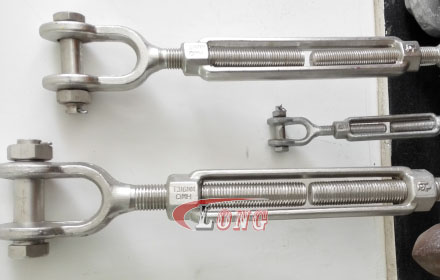
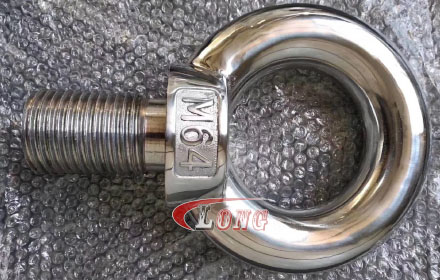
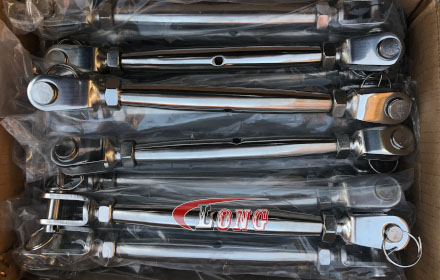
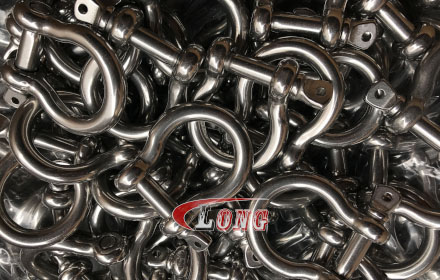
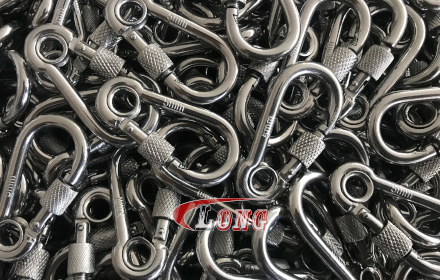
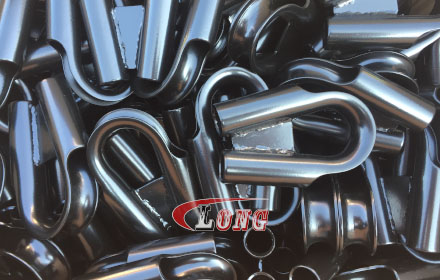
Commercial Fishing and Trawling industries, construction, medical, pharmaceutical, maritime, manufacturing, aerospace, automotive, electronics, video services, household appliances, sports equipment and many more.
Visually it is difficult to distinguish between stainless steel 304 and 316, the main difference being the presence of molybdenum in stainless steel 316. Molybdenum is a metallic element that is particularly used to strengthen and harden steel. The most common composition of stainless steel 316 is 16% chromium, 10% nickel and 2% molybdenum - whereas stainless steel 304 is usually 18% chromium and 8% nickel. Molybdenum is added to stainless steel 316 to help resist corrosion from chlorides.
Stainless steel 304, also known to many as A2 stainless steel, 304 can withstand the corrosion of most oxidizing acids. This durability makes 304 easy to sterilize, making it ideal for kitchen and food applications. It is also commonly used in architecture, decorative items and venue furniture. However, 304 stainless steel is susceptible to corrosion by chloride solutions. Chloride ions can create localized areas of corrosion, called 'pitting', which can spread beneath the protective chrome barrier and destroy the internal structure.
316 stainless steel, also known as marine grade stainless steel or A4 stainless steel, is known for its higher resistance to corrosion and its superior ability to perform in salt water and marine applications. It has the same physical properties as 304, as well as similar utilities, but the key difference from 304 stainless steel is that 316 stainless steel incorporates approximately 2-3% molybdenum. The addition of molybdenum increases corrosion resistance, particularly to chlorides and other industrial solvents.
For stainless steel rigging hardware, stainless steel's corrosion and stain resistance, low maintenance and familiar lustre make it ideal for many applications. LG RIGGING®, a professional rigging hardware manufacturer, has a full range of stainless steels, including 304 and 316, as well as other grades and finishes to manufacture stainless steel rigging fittings.
The slightly higher price of 316 is well worth it if you are going to be in areas with high chlorine exposure, especially coastal areas and heavily salted roads. If you are looking for a durable alloy and superior corrosion resistance is not necessary, 304 stainless steel will work perfectly.
In fact, some stainless steel varieties are magnetic and some are not.
Stainless steel is magnetic when the alloy contains iron and its crystal structure is arranged in a martensitic or ferrite structure. Austenitic stainless steels contain nickel and are non-magnetic.
Ferritic stainless steels: such as grades 409, 430 and 439, contain a large amount of ferrite, and the combination of the ferrite crystal structure with iron makes this stainless steel magnetic.
Martensitic stainless steels: such as grades 410, 420 and 440, contain a large amount of iron and the unique crystal structure of martensitic steels can be ferromagnetic. This makes many martensitic stainless steels magnetic.
Duplex stainless steels: e.g. grade 2205, contain a mixture of austenite and ferrite, with a large amount of ferrite being magnetic.
Austenitic stainless steels: 304 and 316 stainless steels, because there is a large amount of austenite, all and even though the composition contains iron, it is mostly non-magnetic because of the austenite. However, they are not immutable, and through work hardening or special heat treatment they can form ferrite in places, and so are partially magnetic.
